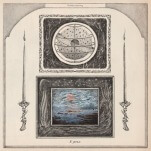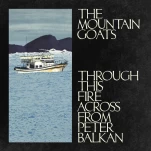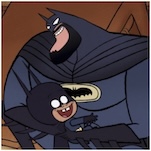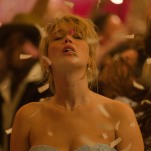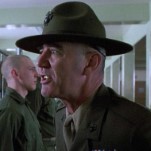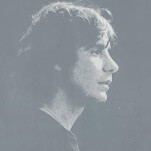Olivia Laing Tackles Art and Isolation in The Lonely City
Author Photo by Jonathan Ring
How do you write about loneliness? Despite being a universal human experience, “being lonely” is a state most people find nearly impossible to comprehend when they are out of it and, in many cases, difficult to characterize while in it. To compound this challenge, loneliness is seen as shameful—an embarrassing failure of an individual to connect with society. But in her latest book, The Lonely City, author Olivia Laing cuts through the mystery to expose the heart of what it means to be lonely and isolated in a mass of humanity.
Between 2011 and 2013, Laing split her time between England and New York. Writing her second book (The Trip to Echo Spring) and moving regularly between sublets, she soon found herself feeling, well, lonely. And rather than turn away from the experience, Laing saw an opportunity to explore a state about which little is known.
“I got hooked on the idea that there was more to loneliness than meets the eye,” Laing says.
-

-

-

-

-

-

-

-

-

-

-

-

-

-

-

-

-

-

-

-

-

-

-

-

-

-

-

-

-

-

-

-

-

-

-

-

-

-

-

-

 Laing tackles a unique angle in The Lonely City, turning to art and the artists who lived with and manifested loneliness through their work. She also weaves in her own story, shared in vignettes that juxtapose her research and isolation. And although she was moving back and forth between the UK and the U.S. while writing, Laing opts to keep the narrative firmly on U.S. soil, only leaving New York behind for a chapter on Chicago artist Henry Darger.
Laing tackles a unique angle in The Lonely City, turning to art and the artists who lived with and manifested loneliness through their work. She also weaves in her own story, shared in vignettes that juxtapose her research and isolation. And although she was moving back and forth between the UK and the U.S. while writing, Laing opts to keep the narrative firmly on U.S. soil, only leaving New York behind for a chapter on Chicago artist Henry Darger.

